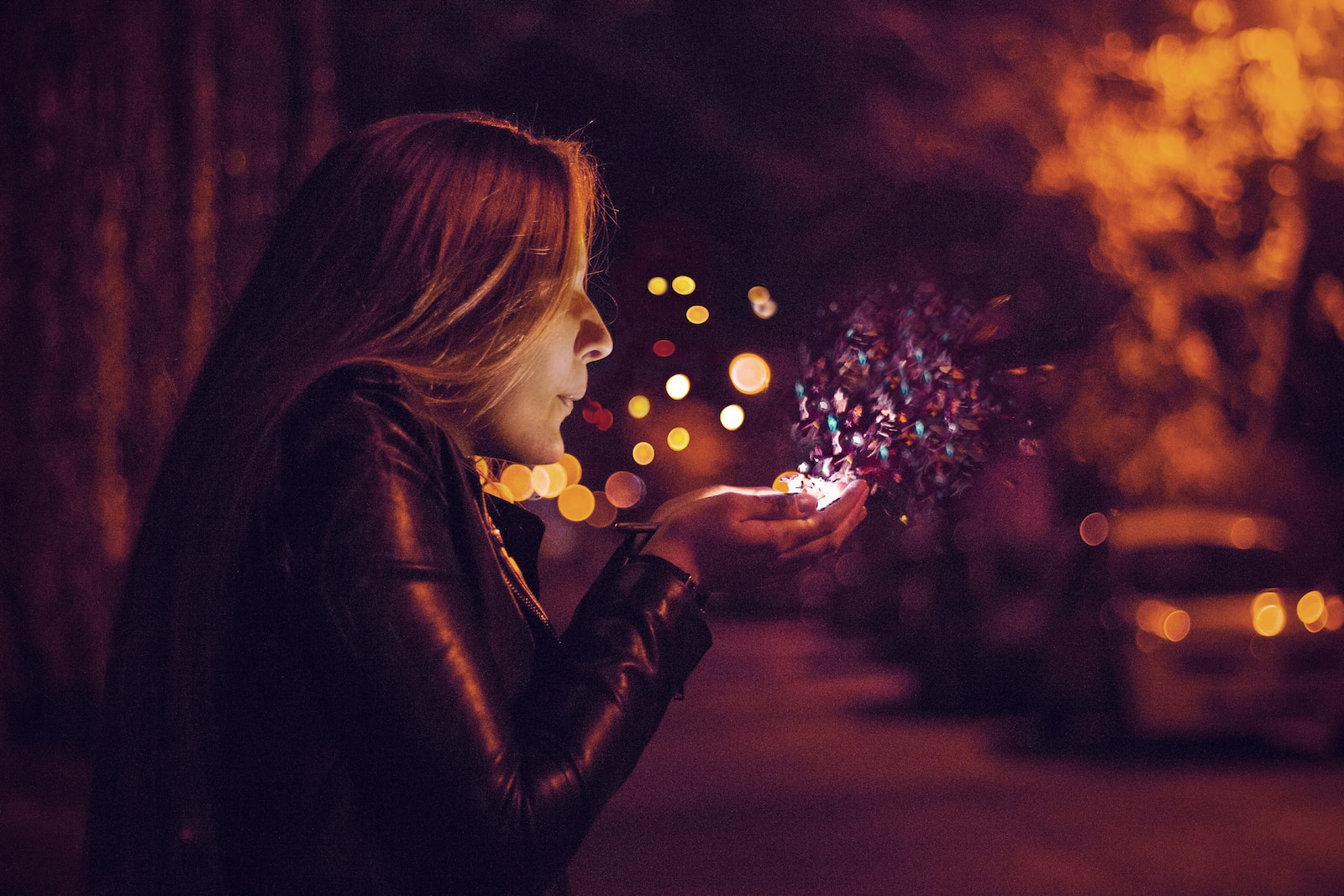
Keywords: animation, animated films, filmmaking, behind-the-scenes, Disney
Introduction
Animation has captivated audiences for decades with its unique ability to bring characters and stories to life. From the classic hand-drawn animations of Disney’s golden age to the modern computer-generated imagery (CGI) of today, animated films continue to push the boundaries of creativity and imagination. In this article, we will delve into the fascinating world of animation, exploring the intricate process of creating animated features and uncovering the secrets behind the magic.
The Evolution of Animation
From Hand-Drawn to Digital: A Journey Through Time
Animation has come a long way since its humble beginnings. In the early days of cinema, animators painstakingly drew each frame by hand, creating the illusion of movement through a series of sequential images. This labor-intensive process gave birth to iconic characters such as Mickey Mouse and Snow White, who enchanted audiences with their charm and personality.
As technology advanced, so did the art of animation. With the introduction of computers, animators gained new tools and techniques to enhance their craft. The advent of CGI revolutionized the industry, allowing for more complex and realistic visuals. Films like “Toy Story” and “Finding Nemo” showcased the limitless possibilities of digital animation, captivating audiences with their immersive worlds and lifelike characters.
The Role of Directors and Story Artists
Behind every animated feature is a team of talented individuals who bring the vision to life. Directors play a crucial role in shaping the overall narrative and visual style of the film. They work closely with the story artists to develop the script, storyboard key scenes, and establish the emotional beats of the story. Through their guidance, directors ensure that the film stays true to its artistic vision while resonating with audiences of all ages.
The Alchemy of Animated Filmmaking
The Animator’s Toolkit: Bringing Characters to Life
At the heart of any animated film are its characters. Whether they’re princesses, talking animals, or superheroes, these characters become the audience’s window into the story. Animators, with their keen understanding of movement and expression, breathe life into these characters, making them relatable and engaging.
Traditionally, animators would draw each frame by hand, meticulously crafting the character’s movements and gestures. However, with the advent of digital animation, animators now utilize sophisticated software and tools to streamline their workflow. These digital tools allow for greater flexibility and efficiency, enabling animators to bring their creative visions to life with precision and speed.
The Magic of Visual Effects
In addition to character animation, visual effects play a crucial role in creating the immersive worlds of animated films. From fantastical landscapes to breathtaking action sequences, visual effects enhance the overall cinematic experience, transporting audiences to extraordinary realms.
Visual effects artists harness cutting-edge technology to seamlessly integrate computer-generated elements into live-action footage or fully animated scenes. They manipulate light, texture, and physics to create stunning visuals that push the boundaries of imagination. Through the skillful use of visual effects, animated films transport audiences to worlds beyond their wildest dreams.
Behind the Scenes: Disney’s Animated Marvels
Disney’s Legacy: Pioneering Animated Features
When it comes to animated films, Disney has been at the forefront of innovation and storytelling for over nine decades. From the groundbreaking “Snow White and the Seven Dwarfs” to the modern-day hits like “Frozen” and “Moana,” Disney has consistently pushed the boundaries of animation, captivating audiences of all ages.
The Digital Age: A New Era of Animation
With the dawn of the digital age, Disney embraced new techniques and technologies to enhance the storytelling process. Films like “Chicken Little,” “Meet the Robinsons,” and “Bolt” showcased the seamless integration of digital animation and traditional storytelling. These films demonstrated Disney’s ability to adapt to changing times while staying true to its core values of captivating storytelling and memorable characters.
Exploring Different Animation Styles
While Disney is renowned for its computer-generated animations, the studio has also dabbled in other forms of animation. Tim Burton’s “The Nightmare Before Christmas” and “James and the Giant Peach” showcased the artistry of stop-motion animation, bringing a unique and distinctive aesthetic to the screen. Disney’s willingness to explore different animation styles highlights the studio’s commitment to artistic innovation and experimentation.
